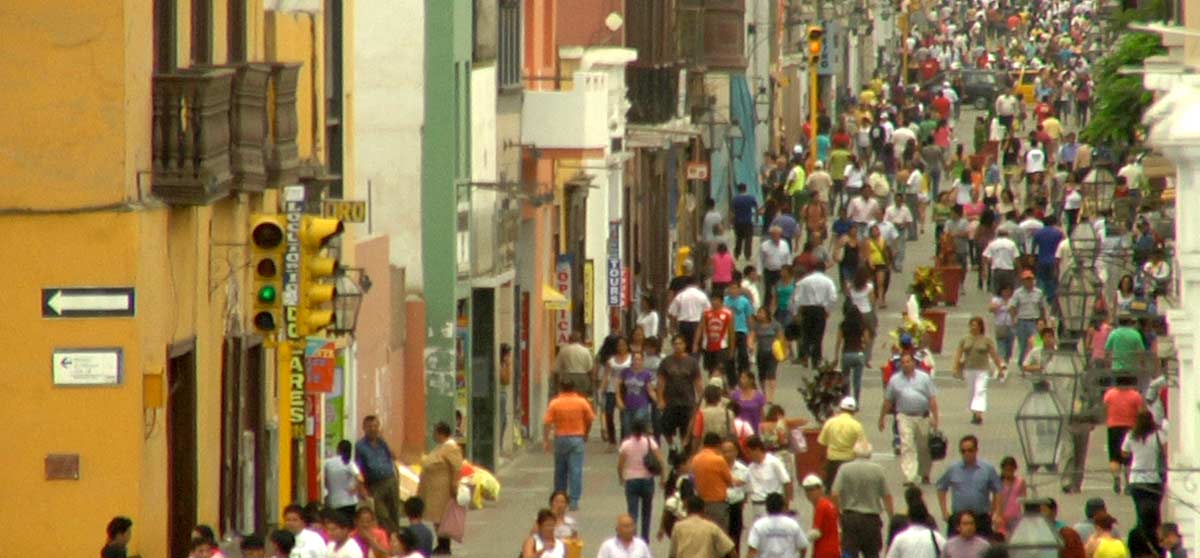by Pablo Ibarraran, Marcos Robles, Nadin Medellin, Mayra Saenz and Marco Stampini.
Evidence has shown that Latin America and the Caribbean have been successful in reducing poverty and in achieving important reductions in terms of inequality. Although poverty reduction and the growth of the middle class are clearly related, there is an important link that we need to keep in mind: the vulnerable.
This term has been used to identify people who are not poor (their income or consumption is above $4 per day) but have a relatively high probability of becoming poor in the future. Recent studies have found that the probability of becoming poor is less than 10% if your daily income is above $10, so the vulnerable class is defined as those with income of between $4 and 10.
Clearly, as the economies of poor countries grow, the reduction in the incidence of poverty will be first accompanied by an expansion of the vulnerable class, and subsequently by an expansion of the middle class.
A recent Inter-American Development Bank publication illustrates this process, and alerts of the importance of doing a careful analysis by area (rural/urban) and to the need of designing social protection policies that take into consideration that most of the extreme poor (less than $2.5) and many of the moderate poor (between $2.5 and 4) are actually chronic poor (defined as people or families who live in poverty for six or more years over the period between 2003-2013).
In this context, how should we interpret vulnerability?
An analysis of Peru’s panel data between 2007 and 2011 illustrates that vulnerability is the exit door from poverty and an important step in the transition to become part of the middle class. We can look at this from different perspectives as shown in the image below:
- Of those who were vulnerable in 2011, 48% experienced poverty at least one year between 2007 and 2010.
- On the other hand, of those who were vulnerable in 2007, only 20% fell into poverty one or more years between 2008 and 2011. These figures suggest that vulnerability is a key transition in the reduction of poverty.
- However, the vulnerable population of 2007 is a different group than the vulnerable in 2011. To avoid mixing apples and pears, it is interesting to illustrate the transitions using the same group. If we focus on those that were vulnerable in 2009, we find that:
- 24% were poor in 2007 and/or 2008 but only 12% were poor in 2010 and/or 2011
Thus, in Peru vulnerability is being at a positive stage in the transition out of poverty. This implies that social and economic policies should focus on accelerating the socioeconomic transition, being sure not to leave the poorest behind while supporting the vulnerable so that they move forward towards the middle class.
At the same time, future analysis should pay more attention to the trajectories of this group, as was done before with the poor and now with the middle-class. What is your country doing for the poor and the vulnerable? Let us know in the comments section below or in Twitter.
Para leer esto post en español, haz click aquí.



Leave a Reply